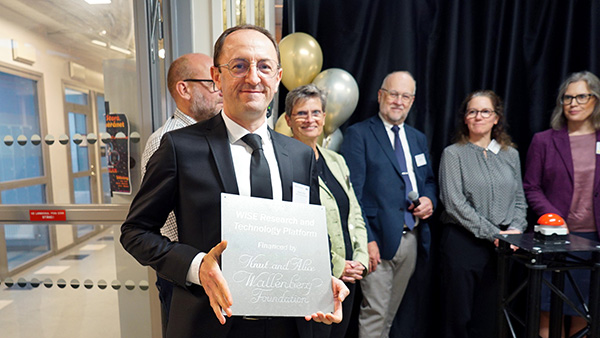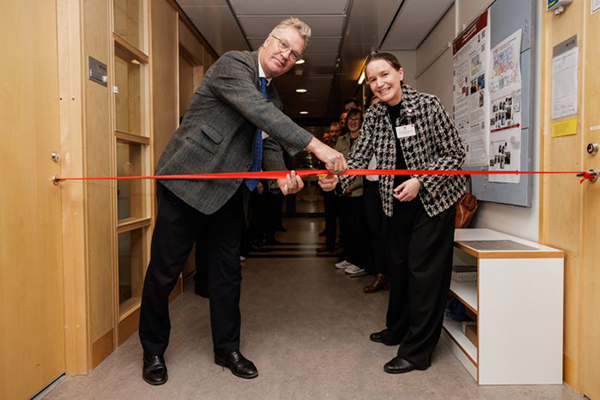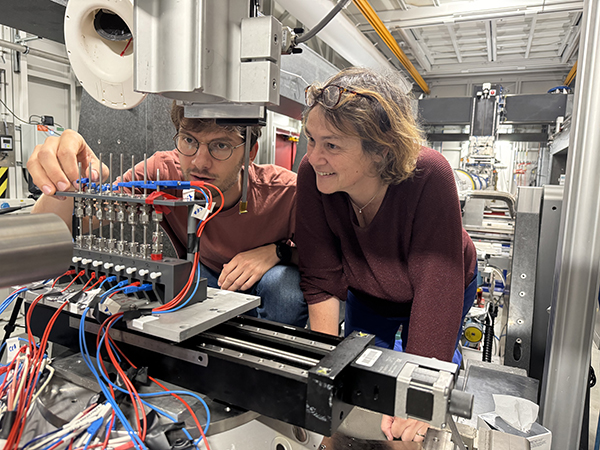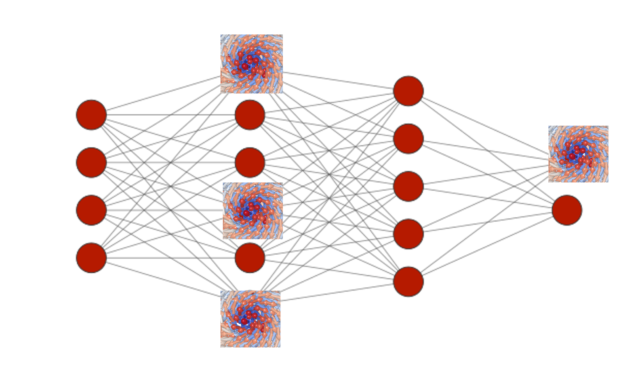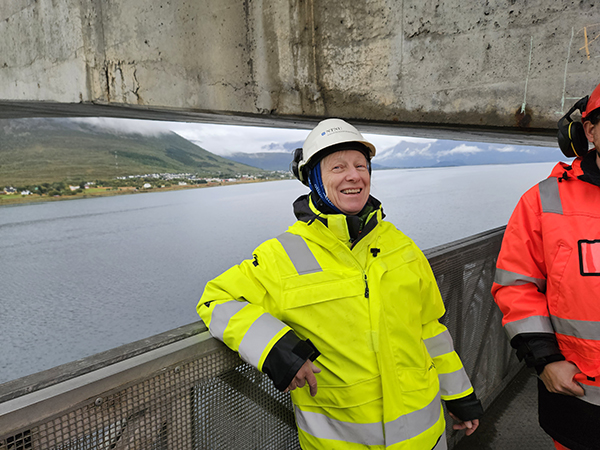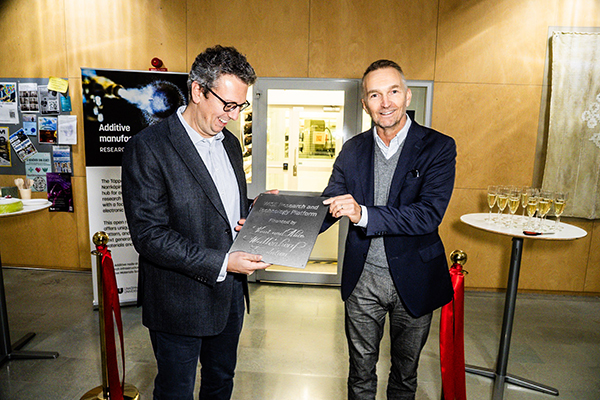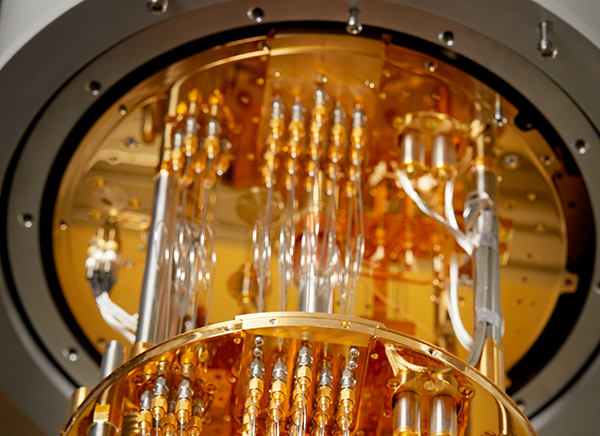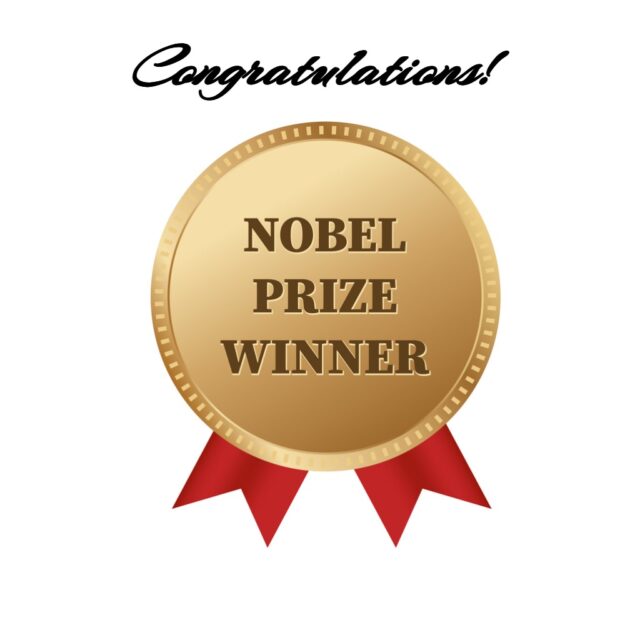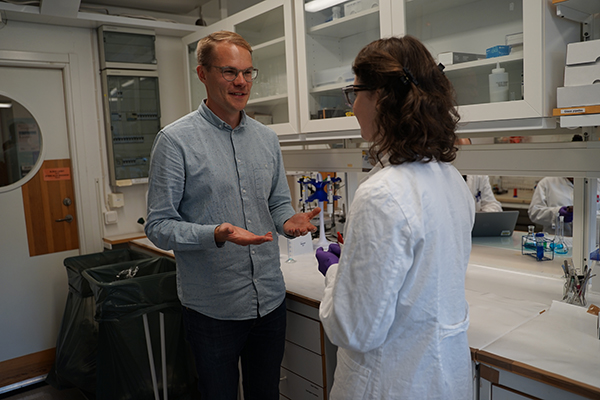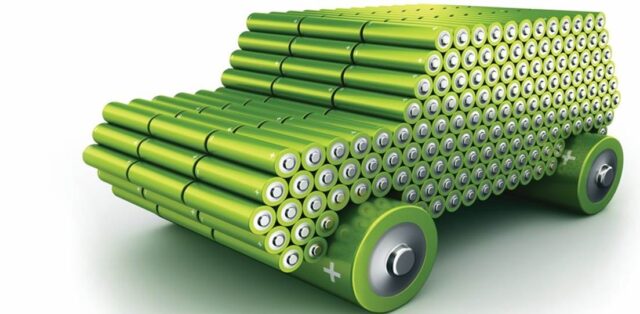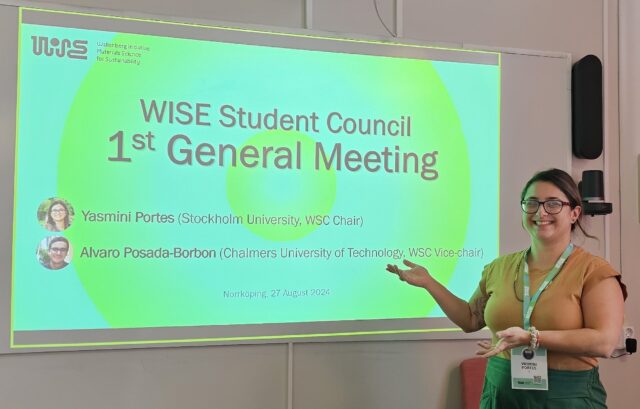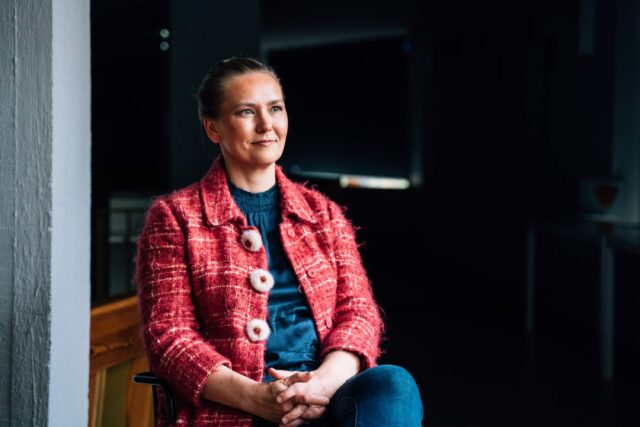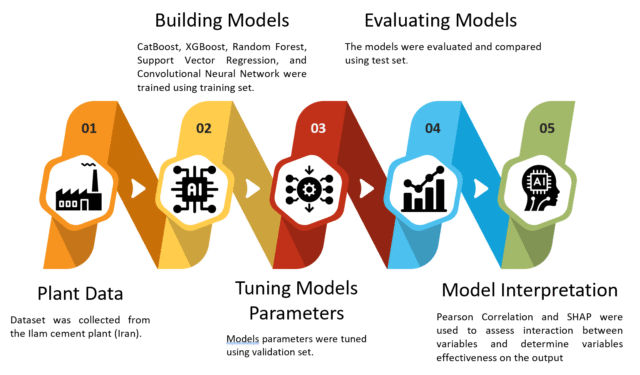This open research platform offers advanced capabilities in metal and multi-material 3D printing, designed to support both academic research and industrial innovation.
“Additive manufacturing is evolving rapidly and is already making a significant impact in industries like aerospace, biomedical, and energy. With this new infrastructure, both researchers and industry gain access to the full spectrum of powder-based metal and multi-material additive manufacturing technologies,” says Eduard Hryha, director of AM@Chalmers and CAM2, Centre for Additive Manufacture – Metal.
A Hub for Research, Education and Industry Collaboration
Additive manufacturing—often referred to as industrial 3D printing—builds components layer by layer, allowing for lightweight, complex, and multifunctional designs that traditional methods can’t achieve. However, broader adoption has been limited by access to high-end technology.
Árni Halldórsson, Director of Production Area of Advance at Chalmers, emphasizes the strategic importance:
“AM@Chalmers helps build critical mass in research and innovation. Beyond efficiency, it enhances flexibility and responsiveness—key for delivering customized solutions in uncertain times.”
National Collaboration Through WISE Additive
The Chalmers WISE Additive node is part of a national initiative funded by the Wallenberg Initiative Materials Science for Sustainability (WISE), alongside nodes at Uppsala University and Linköping University.
Cecilia Persson, Scientific Director of WISE Additive at Uppsala University, highlights the collaborative benefits:
“This collaboration across several universities facilitates external access to research infrastructure in an efficient way, which we hope will lead to additive manufacturing enabling more sustainable materials science.”
Maria Abrahamsson, WISE Coordinator at Chalmers, adds:
“We are very happy that WISE is able to provide researchers from all over Sweden access to this state-of-the-art infrastructure, at Chalmers as well as at the other nodes. I believe this to be an impactful investment that can really make us take big steps toward more sustainable production.”
Driving Innovation in Materials and Manufacturing
The new infrastructure enables exploration of novel material combinations and microstructures, unlocking new applications across industries.
“Sweden already has a strong footprint in additive manufacturing and is a recognized leader in metal powder production. But we’ve only scratched the surface of what’s possible. This infrastructure aims to provide a breeding ground for future innovation and help accelerate the development and industrial implementation,” says Eduard Hryha.
Read more about WISE Additive at Chalmers
